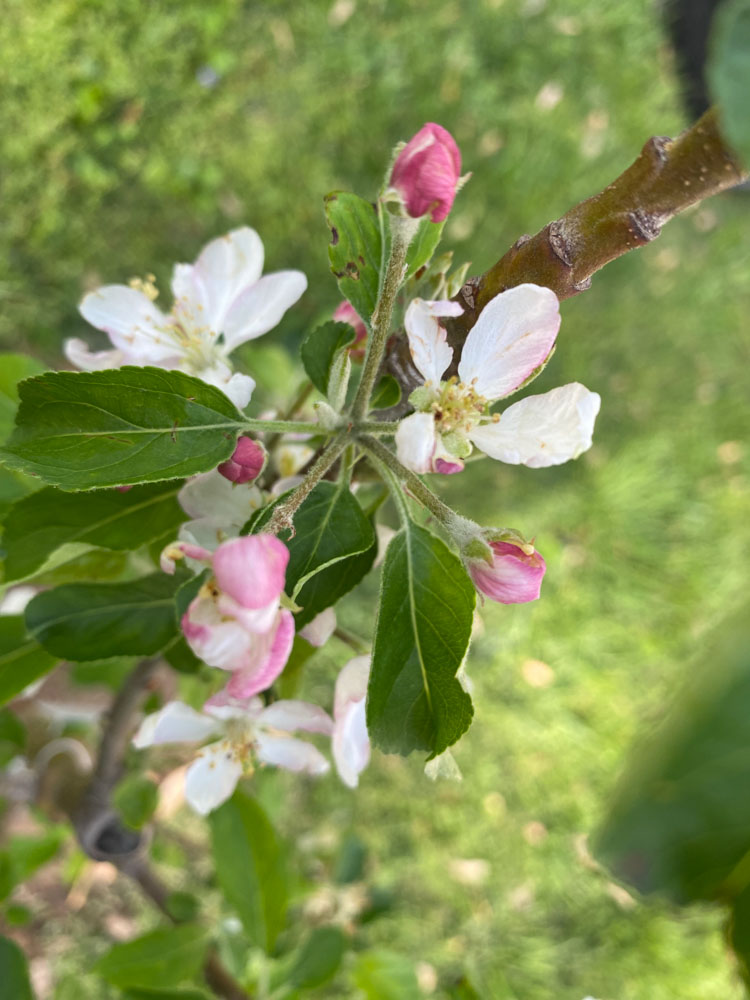My Corner Online
Malus domestica | Apple Tree
First blooms:
2023 April 19 - planted & we saw blooms!
2024 March 2022
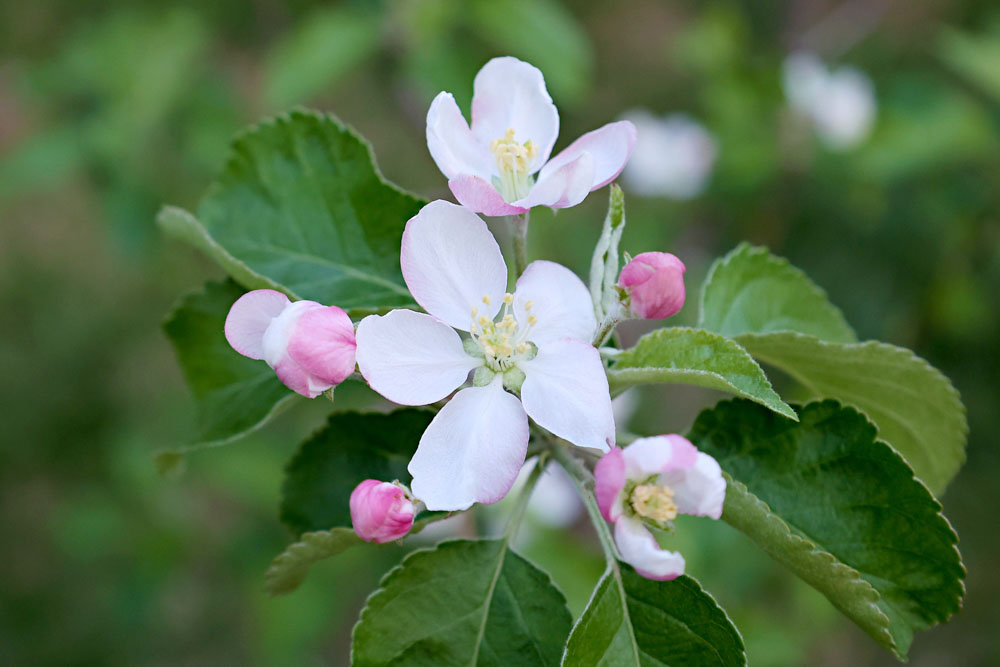
Malus domestica | Liberty Apple Tree (right side looking out from window)
Malus domestica | Pink Lady Apple Tree (left side looking out from window)
Pronounced MAY-lus Doh-MESS-tik-a
Rosaceae (Rose family) (Pronounced roe-ZAY-see-eye)
Imagine that! I would have never guessed it was in the Rose Family!
The Liberty Apple tag gives a height of 12 to 14 feet.
The Pink Lady Apple tag gives a height of 8 to 10 feet, so it is smaller.
The tags indicate specific second trees that need to be planted to ensure fruiting, so we picked a second one of those available that was on the list of both, one to the other.
The Liberty apple tag indicates to plant 10 to 14 feet apart, and this is why it was planted further from the house than the Pink Lady Apple which indicates 5 to 8 feet apart.
I read that the accepted scientific name is Malus pumila. However, other scientific names accepted are Malus domestica (domestic or orchard), Malus sylvestris, Malus communis, and Pyrus malus. I am using the name on my tag of "domestica." Malus sieversii is the wild ancestor of the others.
The blossoms have 5 petals. I ponder as to why they are called blossoms instead of flowers!
The bees and other insects pollenate the blossoms. I learned another new word! Pomaceous (Poh-MAY-shus) means "of or relating to apples" or "resembling a pome." So pomaceous fruit (fruit being a pome, that being fruit that is produced by flowering plants) matures throughout the summer and becomes ripe in the Autumn.
Aphids are a huge problem for Apple trees and we had a problem with them the very first year they were planted in that they ate up the leaves almost overnight! I had no time to catch them because one day they were not there and they next they had eaten their way through the entire tree. I am going to need to learn how to give it a regular spraying to prevent disease and pest damage. There are products available.
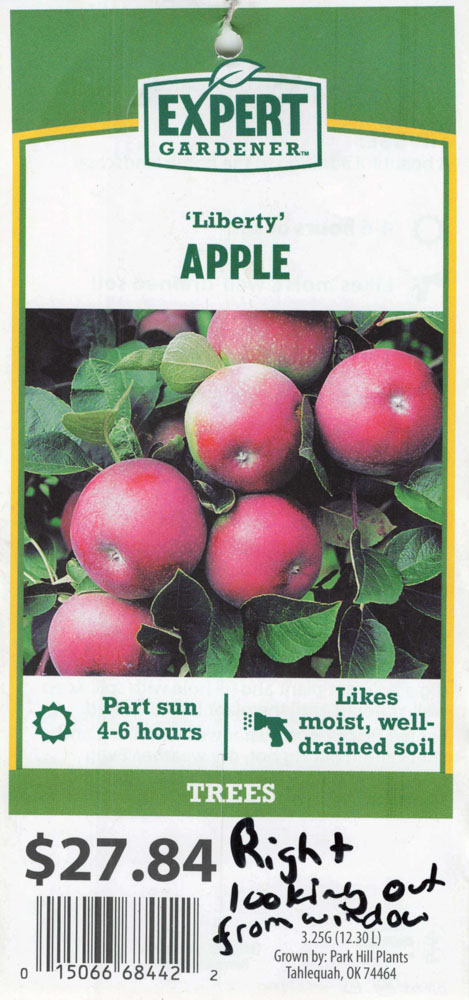
.jpg)
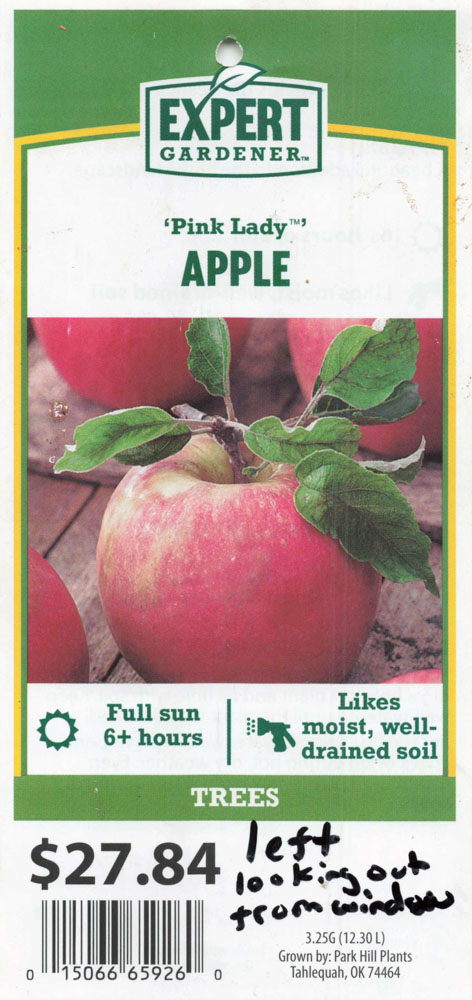
.jpg)
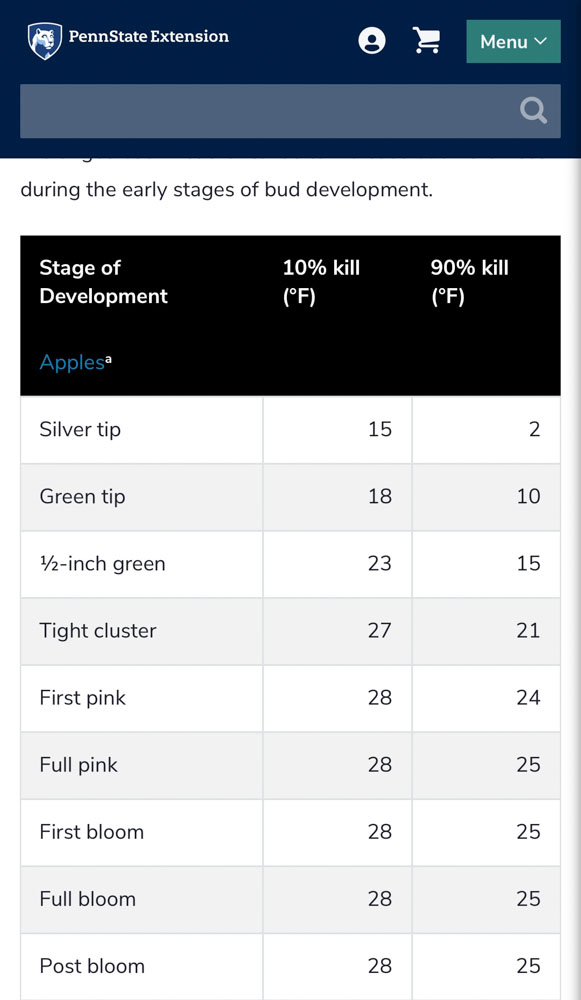
This is a handy frost guide that I am sure to use again. The first column lists the stages of the apple tree blooms. The second column lists the temperature at which there is a 10% chance of damage. The last column lists the temperature at 90% change of damage (kill). The further along the bud is at blooming out, the more of a chance that it will be damaged by low tempatures. For instance, when it is barely budding out, the temps can get down to 2 degrees and the tree blossoms will be okay, but in full bloom, it will be damaged at 25 degrees.
2024
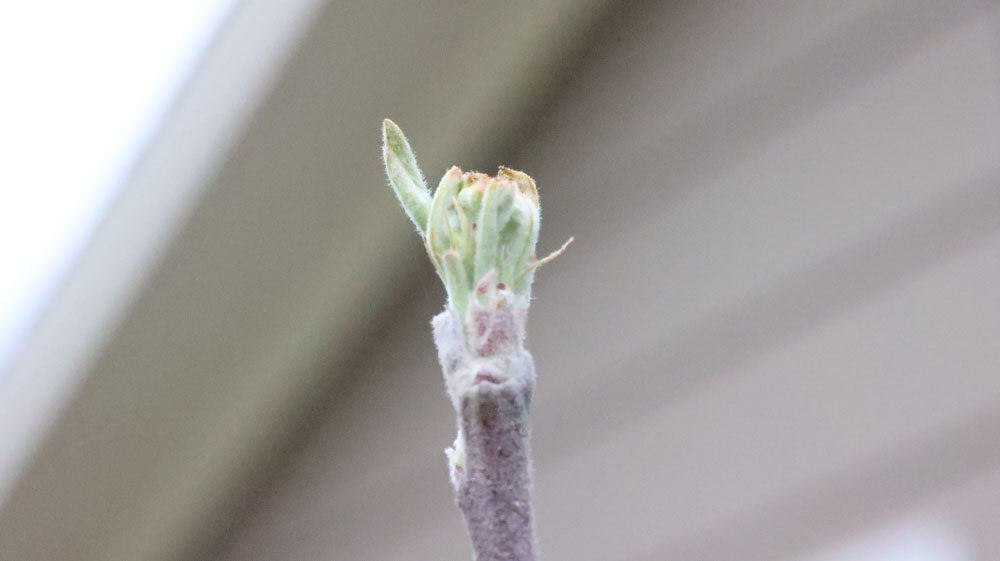
This would be either a silver tip (or maybe green tip) on the frost chart above.
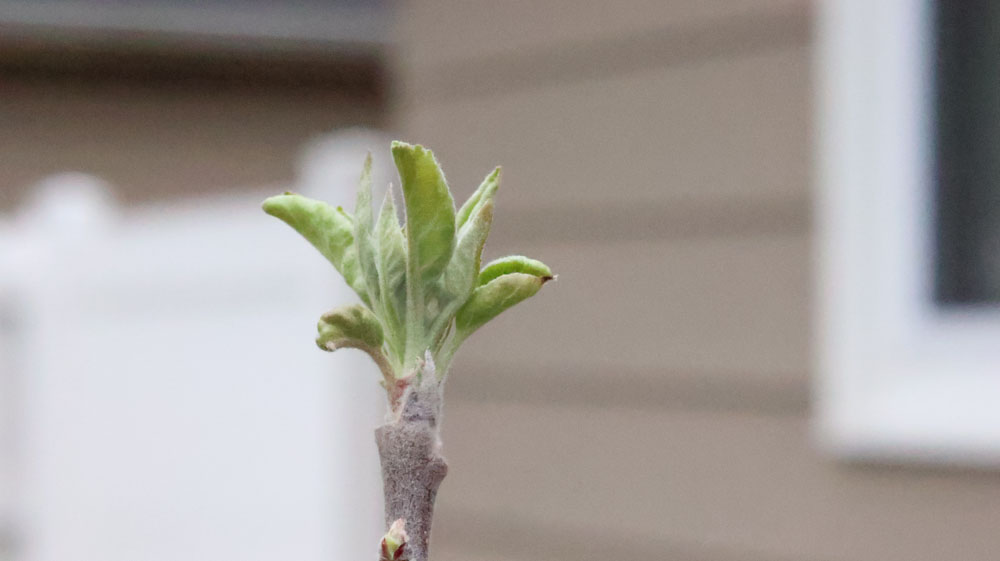
This would be either a green tip (or maybe 1/2 inch tip) on the frost chart above. I am so glad I took these photos even though I had not seen the chart yet!
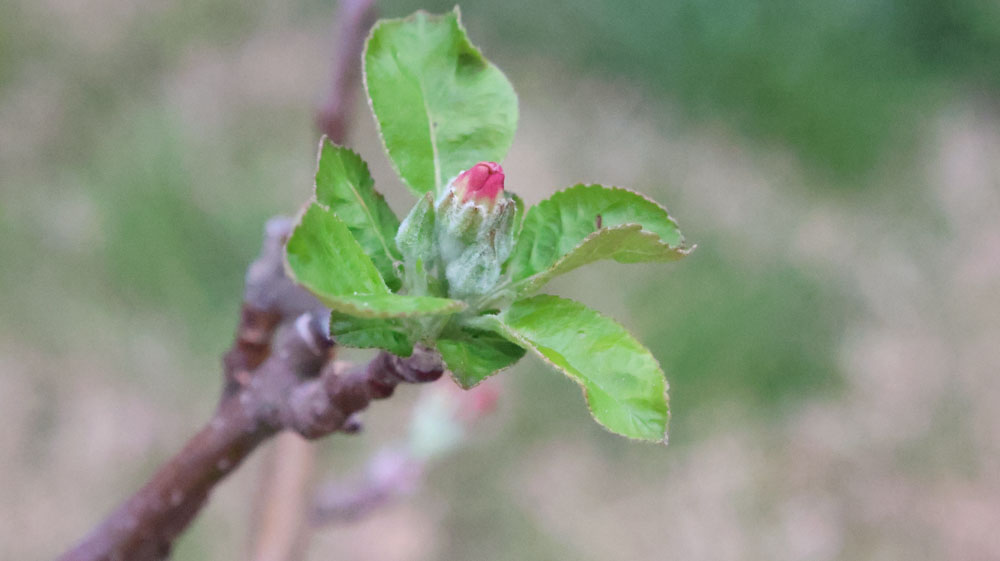
This would be first pink on the frost chart above (I think).
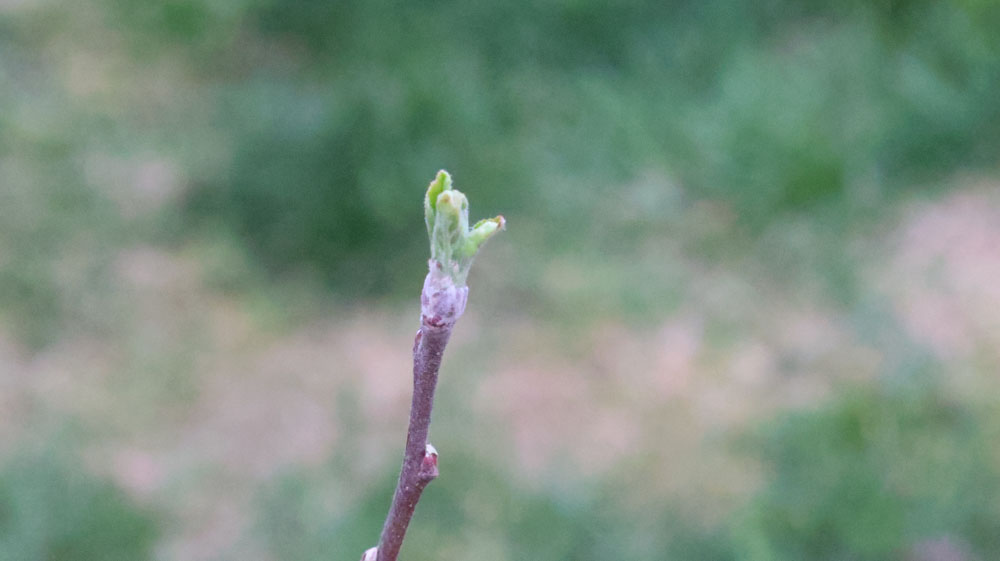
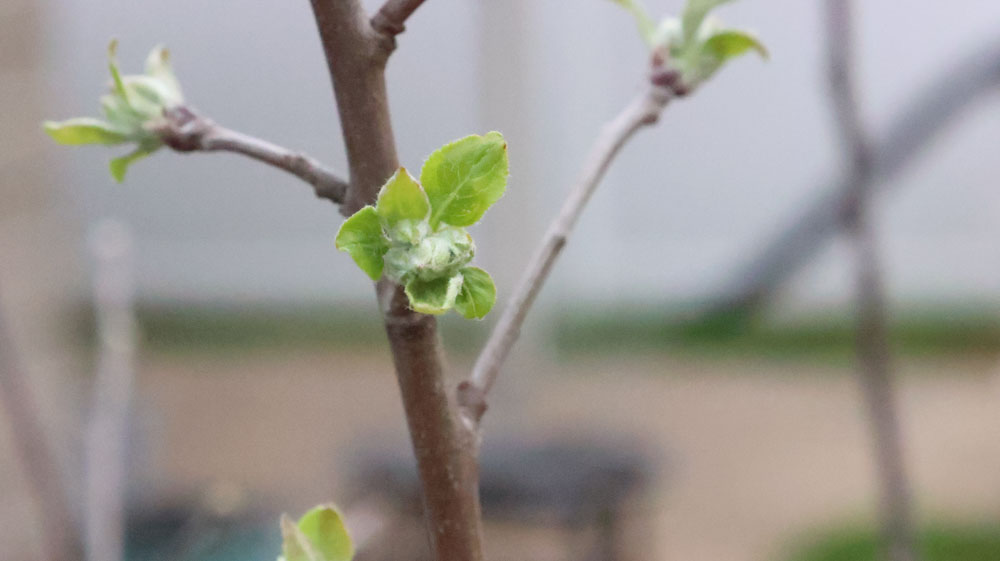

This is our first attempt at covering the trees for a frost! We had a good laugh about making tee-pees. This was before we bent some branches down.
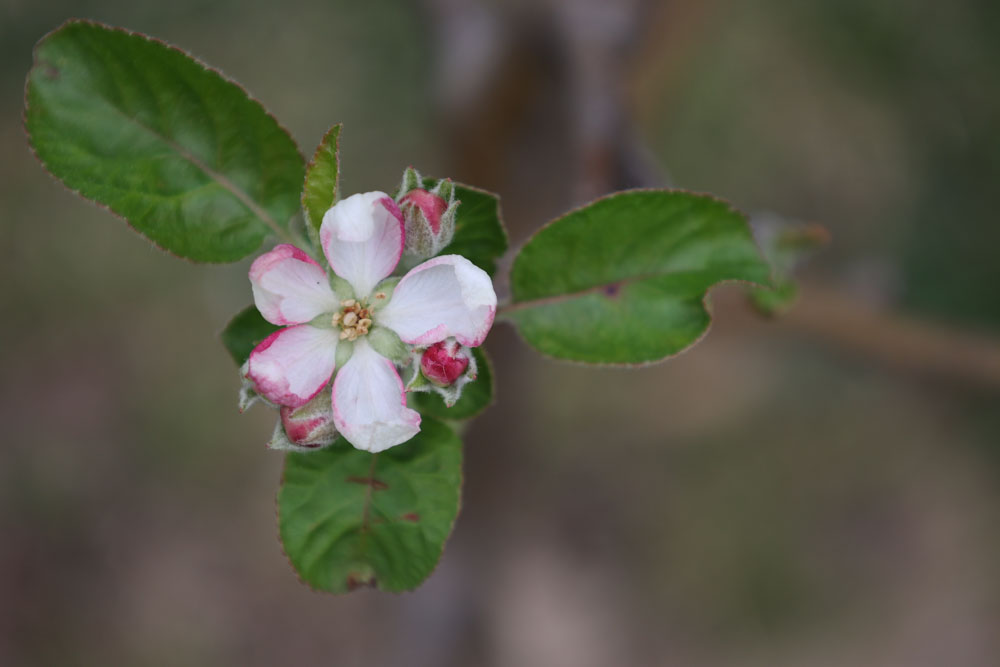
This would be first bloom on the frost chart.
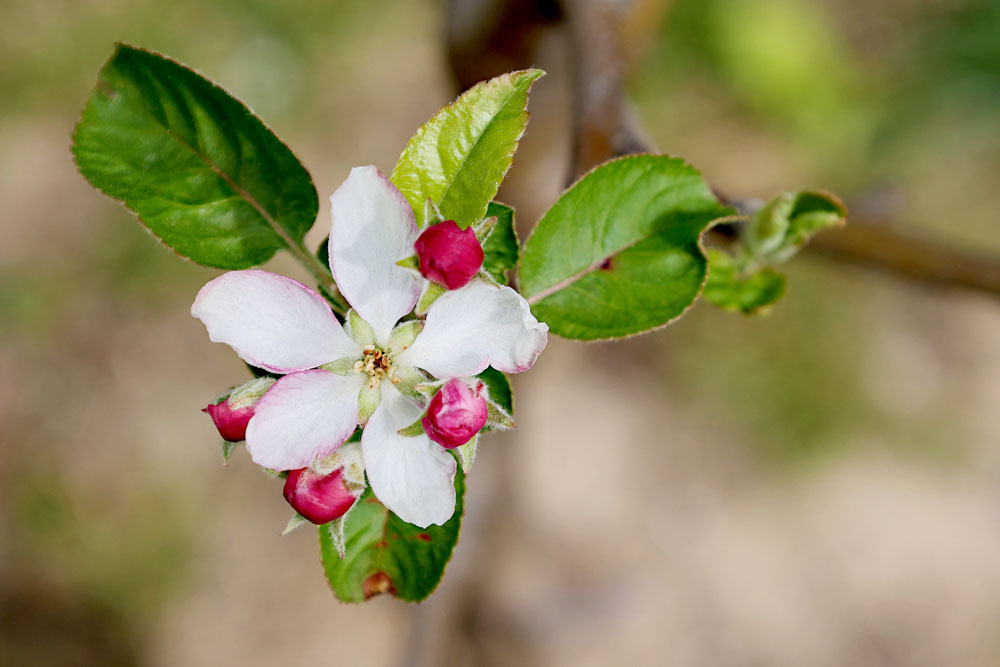
I think this would be full bloom on the frost chart.
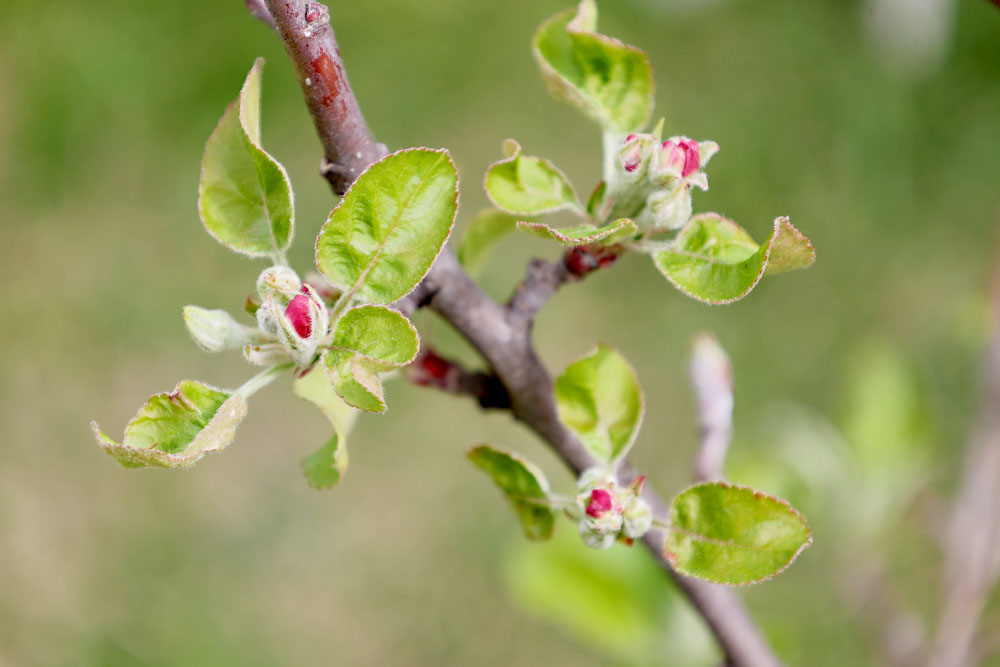
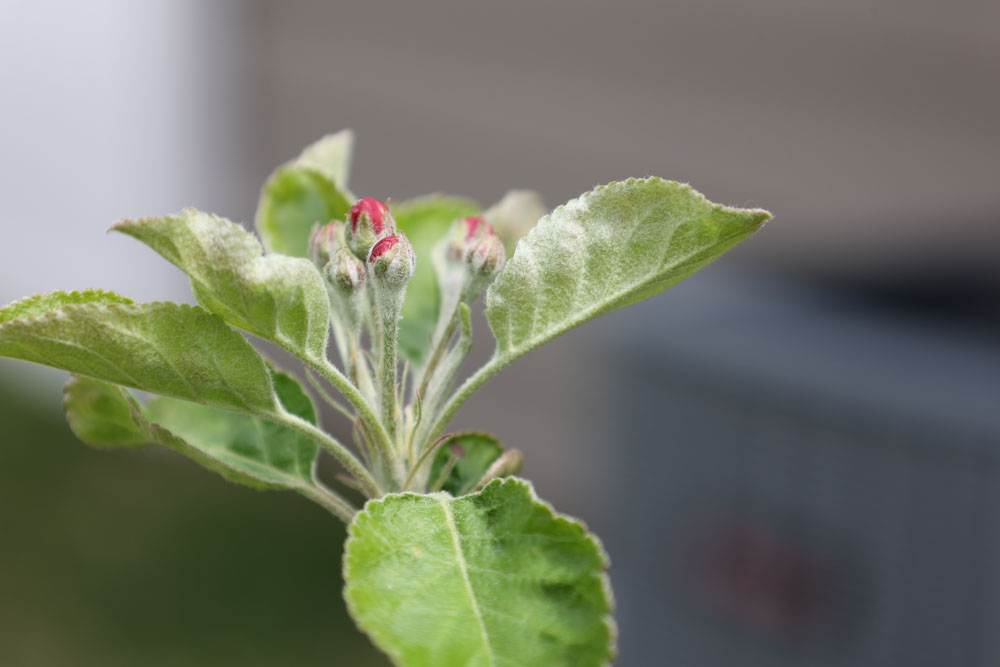
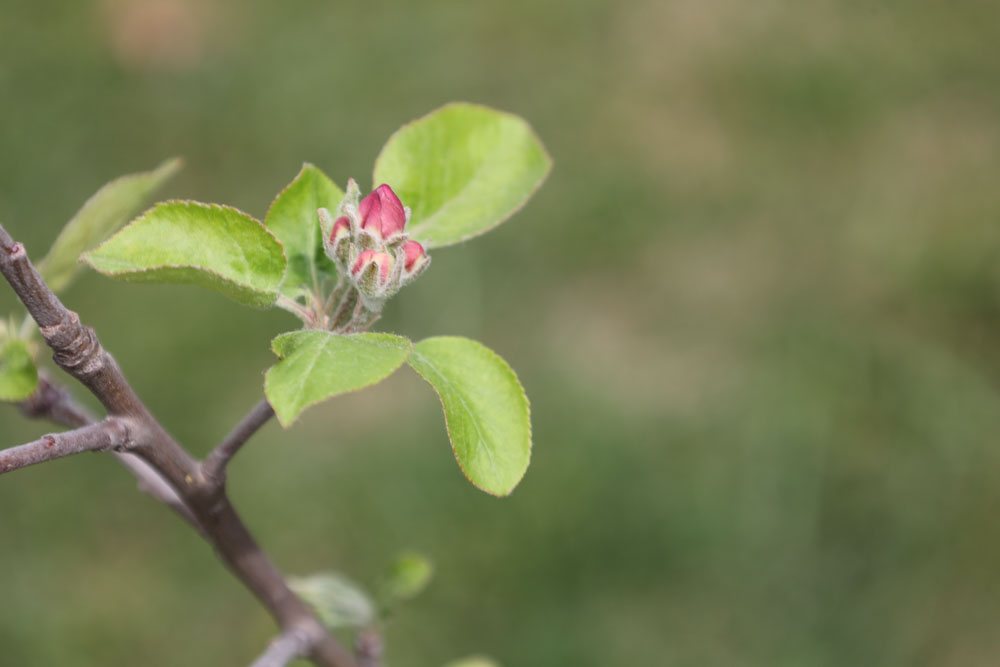

This would be full bloom on the frost chart for sure!
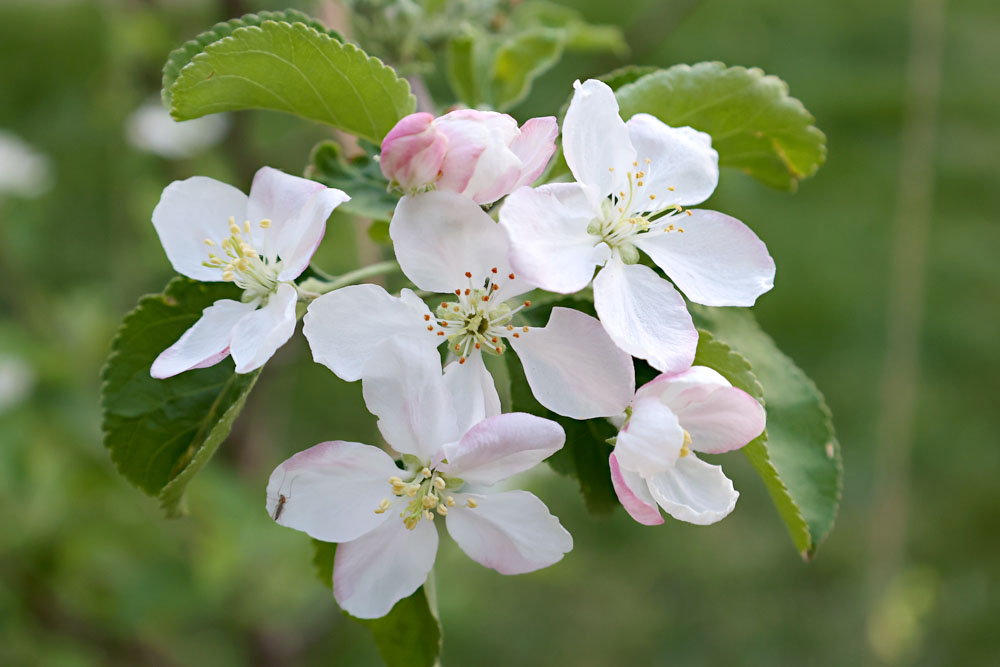

I absolutely love the pink buds with the white blossoms. They are SO lovely! The Pink Lady apple tree looks like this more than the Liberty apple tree, so I like the Pink Lady better, but I need the Liberty to help make apples! I see the Liberty as the male, but watch the first apples come on the Liberty tree first. That would be funny.
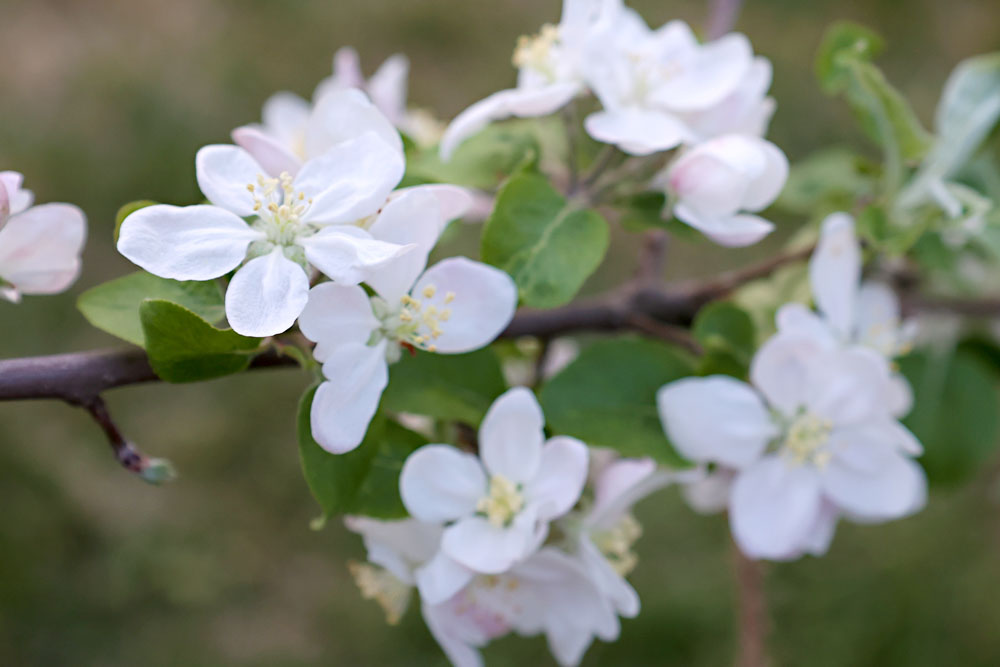
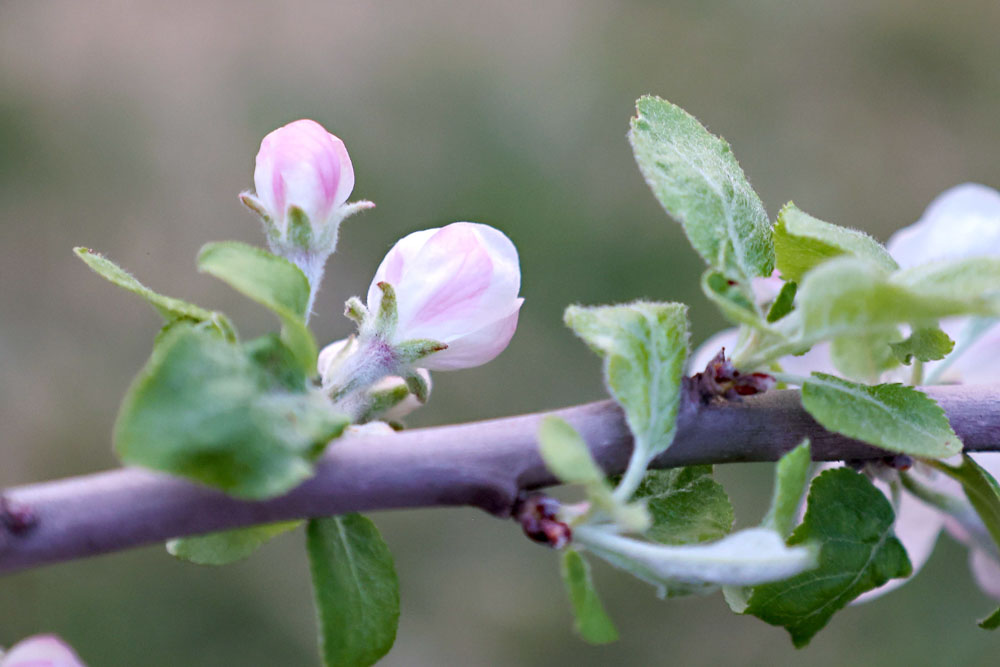
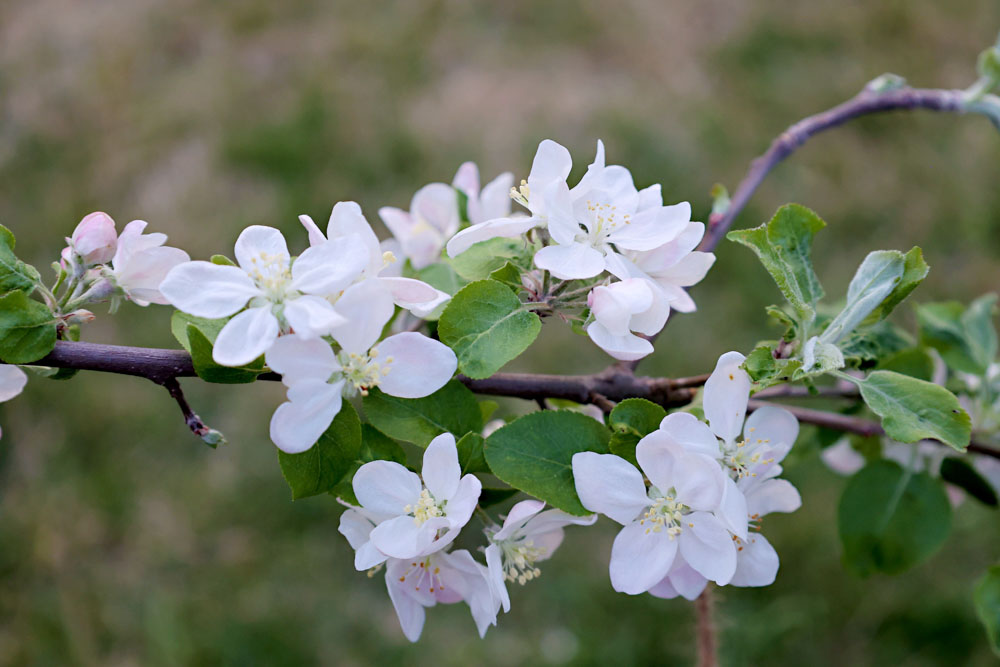
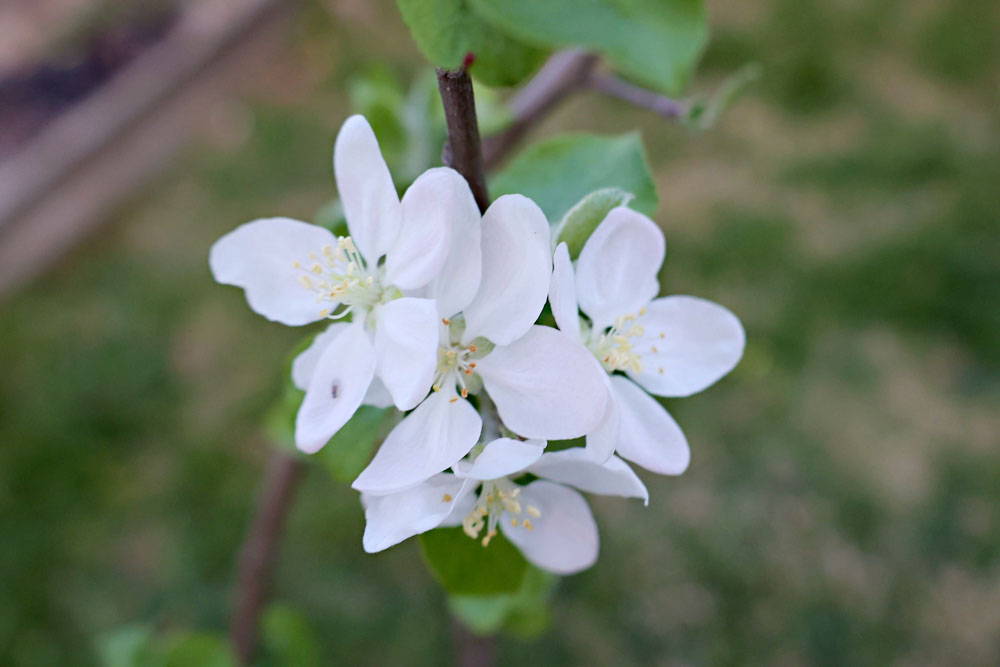
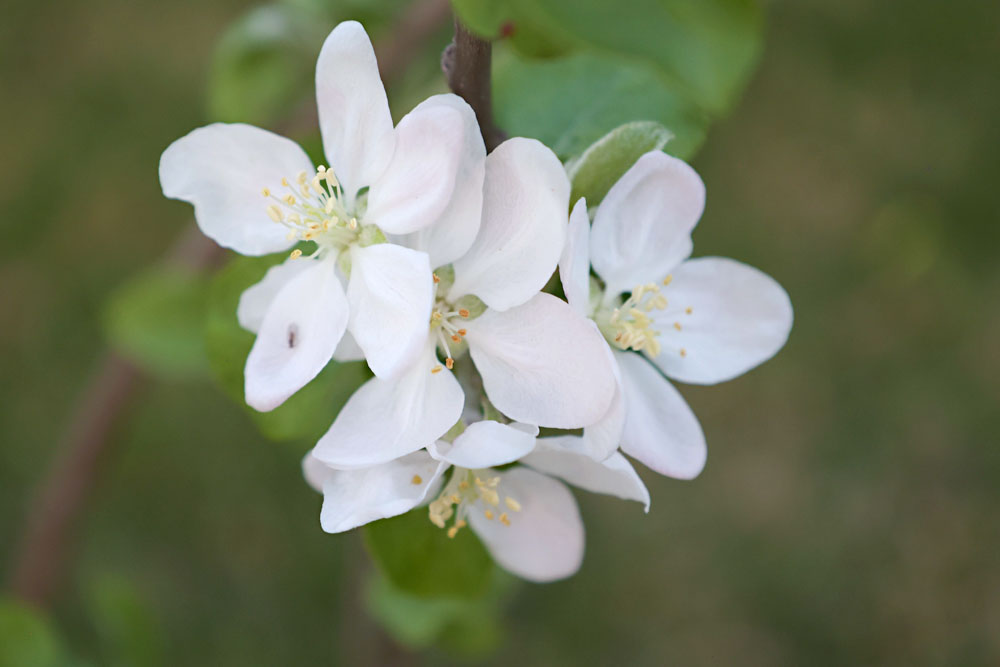
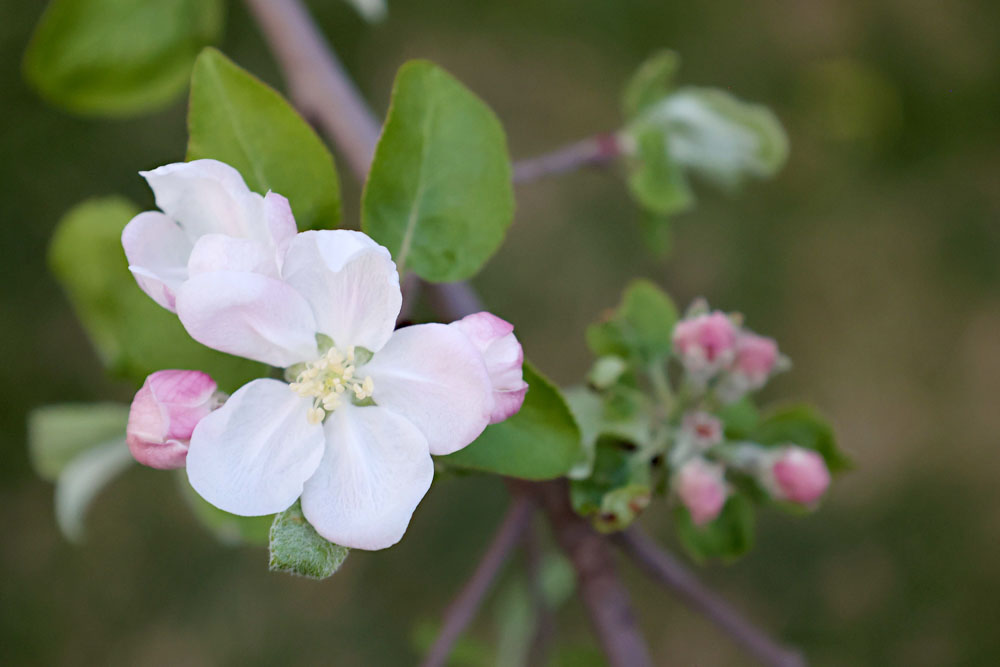
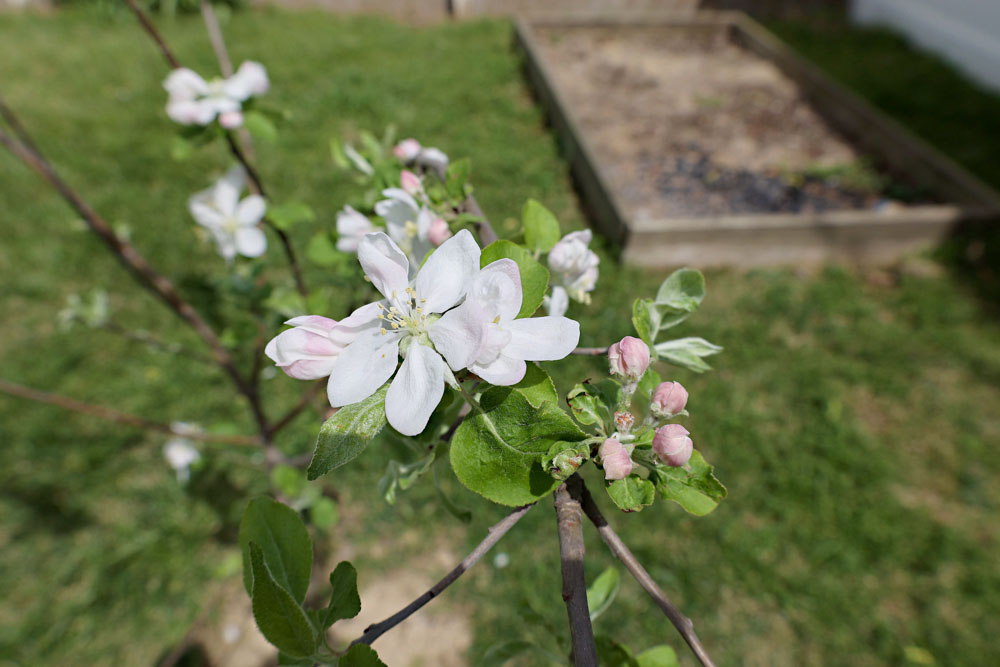
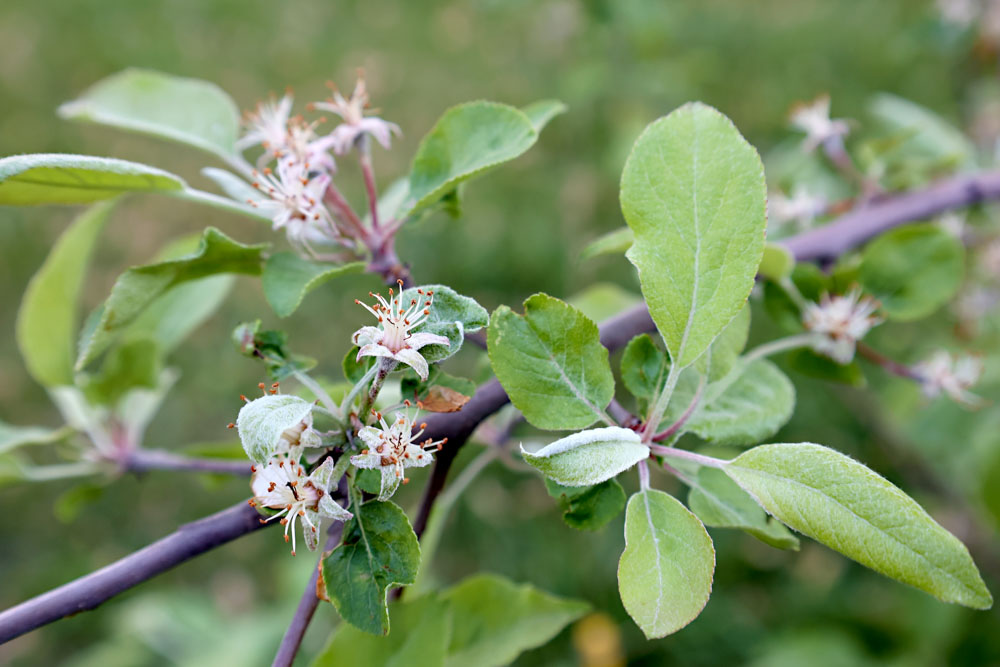
This is what the blossoms look like after they are done blooming. I am enjoying watching the stages of the apple tree. I am now wondering at what point the apples begin to grow and whether or not the bees did their job and whether or not we covered them well enough. Next year we will be more prepared with the tools to cover it.
2023
